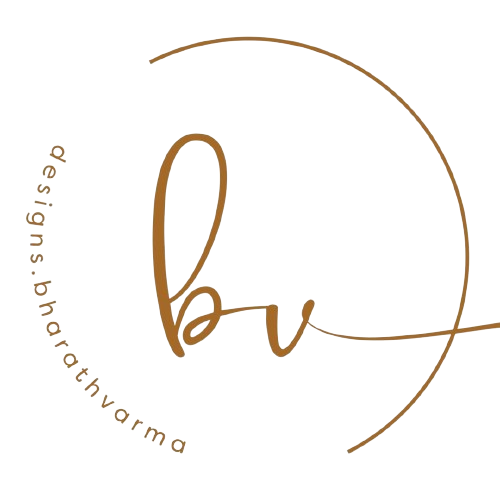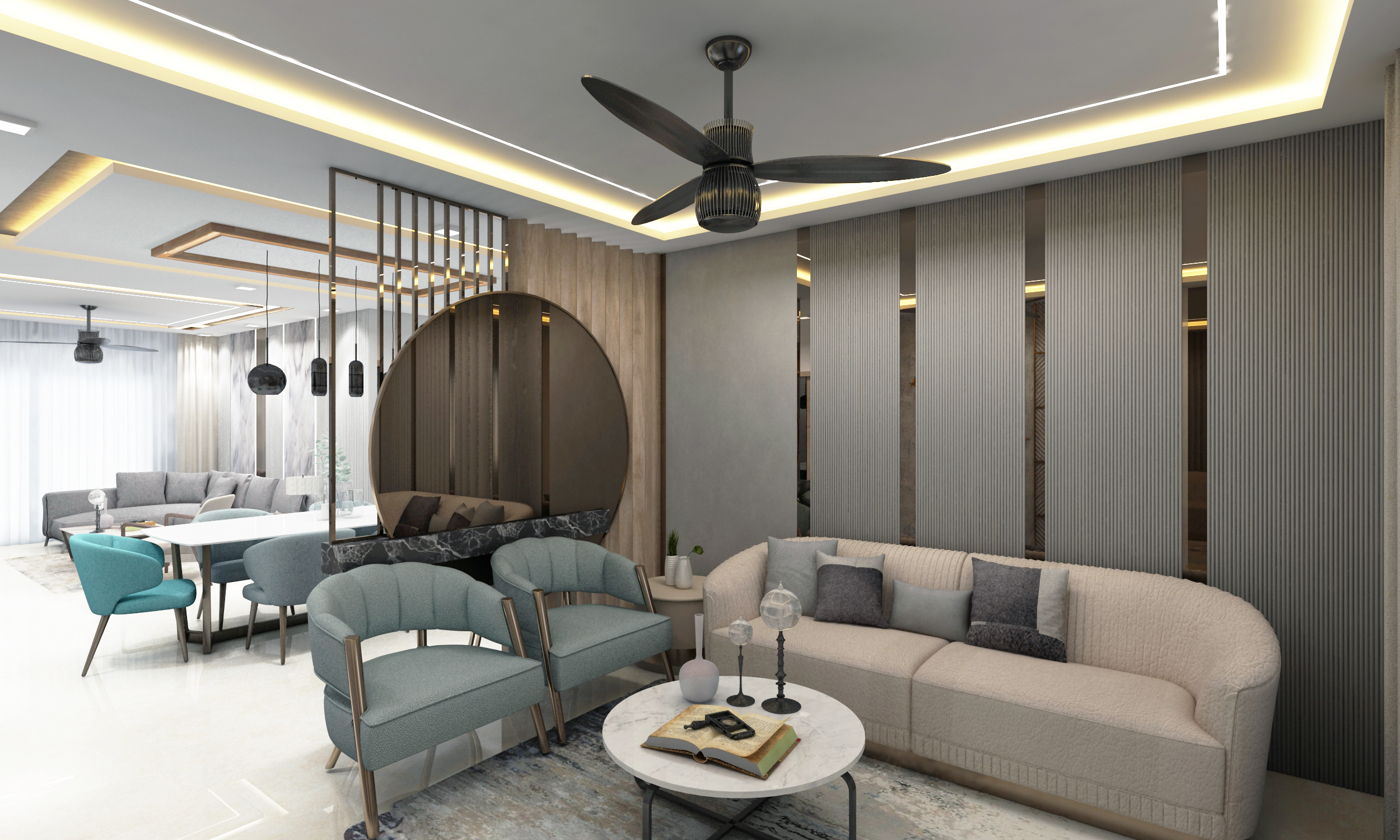When it comes to choosing the right type of wood for your projects, understanding the specific properties and applications of different wood types is crucial. Moisture resistant, boiling water proof (BWP), and wood-plastic composite (WPC) woods each have unique characteristics that make them suitable for various uses. In this blog post, we will explore the key differences between these three types of wood.
Moisture Resistant Wood
Moisture resistant wood is designed to withstand exposure to damp conditions without deteriorating. This type of wood undergoes special treatments to enhance its resistance to moisture, making it ideal for use in areas such as kitchens and bathrooms. However, it should be noted that while moisture resistant wood can handle high humidity, it is not completely waterproof and should not be submerged in water.
Boiling Water Proof (BWP) Wood
Boiling water proof wood, often abbreviated as BWP, is engineered to withstand prolonged exposure to water, including boiling water. This type of wood is treated with high-grade adhesives and chemicals that enhance its water resistance, making it suitable for outdoor furniture, marine applications, and other environments where the wood is likely to come into direct contact with water. BWP wood is highly durable and maintains its structural integrity even when subjected to extreme conditions.
Choosing the right wood for your interior project can feel overwhelming. But understanding the strengths of Moisture Resistant (MR), Boiling Water Proof (BWP), and Wood Plastic Composite (WPC) boards empowers you to make an informed decision.
Wood-Plastic Composite (WPC) Wood
Wood-plastic composite, commonly known as WPC wood, is a hybrid material composed of wood fibers and plastic. This combination produces a highly durable and versatile material that is resistant to moisture, decay, and pests. WPC wood is commonly used in decking, fencing, and other outdoor applications due to its low maintenance requirements and longevity. Additionally, WPC wood can be manufactured in a variety of colors and textures, offering aesthetic flexibility for various projects.
Comparative Analysis
Now that we have a basic understanding of moisture resistant, BWP, and WPC woods, let's compare their key differences:
- Water Resistance: Moisture resistant wood offers limited protection against damp conditions, BWP wood provides superior water resistance, and WPC wood is highly resistant to moisture.
- Durability: While all three types are durable, BWP wood and WPC wood are particularly noted for their ability to withstand harsh environmental conditions.
- Applications: Moisture resistant wood is best for indoor use in humid areas, BWP wood is ideal for outdoor and marine applications, and WPC wood is suitable for a wide range of outdoor projects.
- Maintenance: WPC wood is low-maintenance compared to moisture resistant and BWP woods, which may require periodic treatments to maintain their properties.
- Environmental Impact: WPC wood is often considered more environmentally friendly due to its use of recycled materials, whereas moisture resistant and BWP woods involve chemical treatments.
Conclusion
Choosing the right type of wood for your project depends on the specific requirements and environmental conditions it will be exposed to. Moisture resistant wood is suitable for indoor, humid areas, while BWP wood is the best choice for direct water exposure and outdoor use. WPC wood offers a versatile, low-maintenance option for various outdoor applications. Understanding these differences will help you make an informed decision and ensure the longevity and performance of your wood projects.


